We’ve all faced similar problems where we can’t get answers to questions we have for a project. What do we do when it comes to road blocks? One solution is to gather your knowledge base and hold a meeting and communicate to all project members and stakeholders that you have hit a wall. But prior to the meeting, be sure to create a plan and email an agenda.
Communicating In A Meeting
Break up the meeting by agendas, groups or one-on-one, level of expertise, or departments. Present the reason for the meeting and define the problem. Let them know your concerns, status, and what information you need from them. Let them know that the project will be in jeopardy or that deliverables will be late. Present a list and let them know what you have and what is missing. Review the list and see if they can assist in any way or give you some leads. Just as you would deliver your documentation in a presentable manner, do the same for your plan. Simultaneously, find out why you cannot get the information or the help that you need. Maybe your associates are overloaded as well. Find out their issues and concerns and see if you can assist them in some way. Teamwork plus collaboration always equals a positive outcome.
Asking Questions
These gatherings are your key to finding answers. Ask all the questions you can as part of your plan. You could make a list of assumptions and ask people if your assumptions are correct. For example, describe what a process does or what job someone performs and see if they agree and follow through on the subject with more questions. Once people begin to talk, they’ll keep talking and it is a painless way to get information. It is, however, dependent on the individual. Some personalities will need coaxing, and others might give too much information. Sometimes you get direct answers and sometimes you go in circles, i.e., when trying to find the exact solution to a trouble-shooting issue. For cases like these where you have no control over getting a reply, just put it aside, and make note of it. But be persistent and return to the subject when there’s a possibility for an answer.
External Help
Sometimes you need to go outside the group to find some answers and in so doing, be able to ask the right questions. The more you know, the better questions you can ask. There is nothing wrong with finding some outside help to get to the root of a problem.
Respect
Just as you need to respect the knowledge holders, they need to respect you In other words, you have to not only know the audience you write for, or answer to, but you also need to know the audience you are gathering information from. Is what they’re working on impacting your priority? Can you help them so that they can help you? Find out at these meetings, what the issues are and work with them on analyzing and resolving them. As always, two heads are better than one.
If you have had similar experiences and other solutions, please leave a comment.














